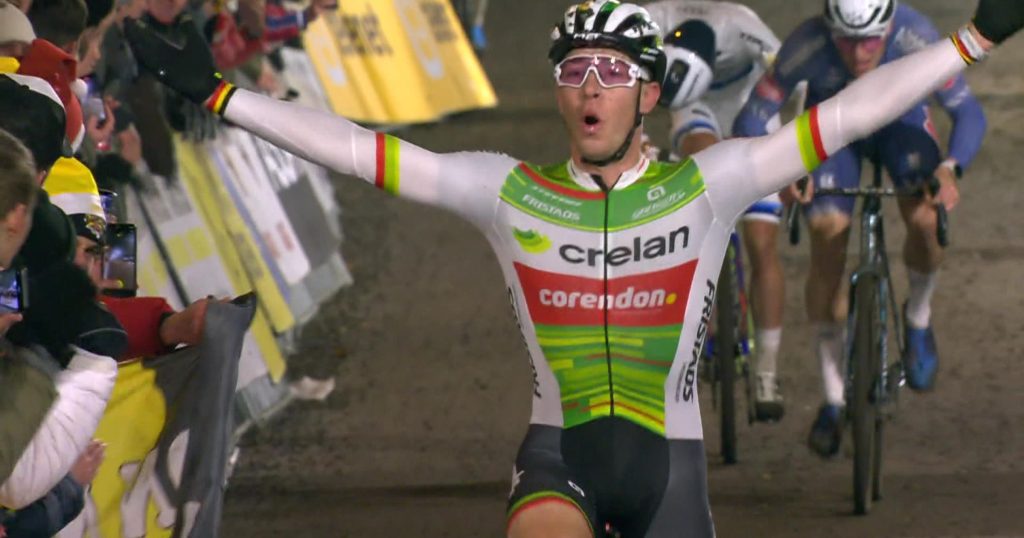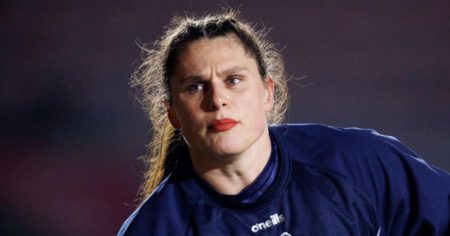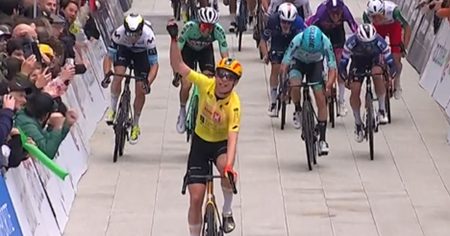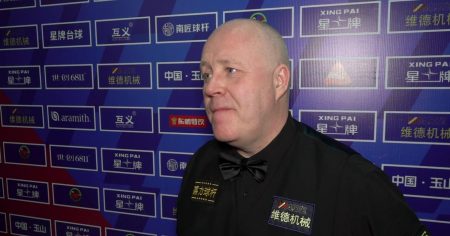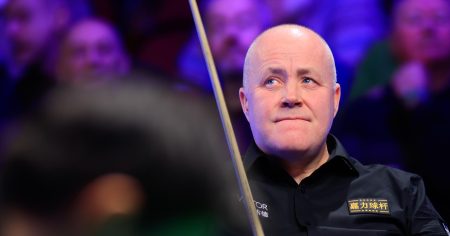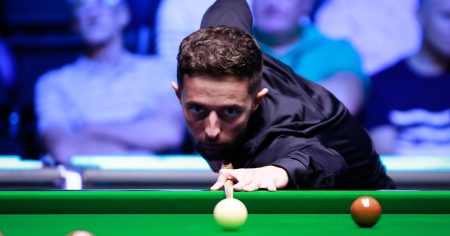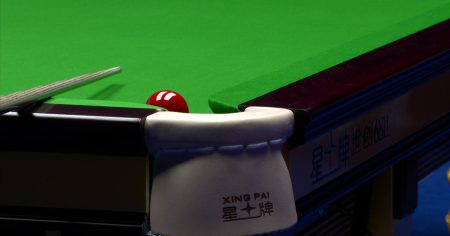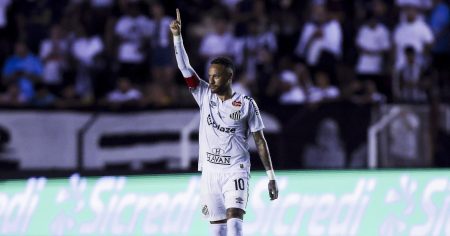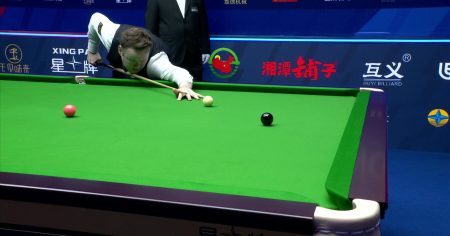The Diegem Superprestige cyclo-cross race, held under the cloak of night, witnessed a dramatic shift in the established hierarchy with the absence of dominant figures Mathieu van der Poel and Wout van Aert. Their non-participation opened the door for a new generation of riders to seize the spotlight, and Laurens Sweeck capitalized on the opportunity, delivering a powerful performance to claim victory. Niels Vandeputte offered a strong challenge, pushing Sweeck to the limit, but ultimately had to settle for the second step on the podium. This unexpected turn of events injected an element of unpredictability into the race, adding to the excitement and anticipation surrounding the unfolding competition. The vacant throne, usually occupied by Van der Poel and Van Aert, became the focal point, a prize ripe for the taking by anyone bold enough and strong enough to seize it.
The absence of Van der Poel and Van Aert, two titans of cyclo-cross, redefined the pre-race dynamics. These two riders, known for their aggressive riding styles and ability to dominate the field, typically set the pace and dictate the flow of the competition. Their absence created a power vacuum, leaving a void at the front of the race and opening up opportunities for other riders to step up and contend for the win. The strategic landscape shifted drastically. Riders who would normally be battling for minor placings suddenly found themselves vying for the top spot. This change in the competitive landscape not only impacted individual rider strategies but also the overall dynamic of the race, injecting an element of uncertainty and excitement for both the participants and the spectators.
Sweeck, seizing the chance presented by the absence of the dominant duo, executed a masterful race strategy, demonstrating both tactical acumen and physical prowess. He capitalized on the less predictable field, using his experience and strength to position himself strategically throughout the race. He navigated the treacherous, often muddy, course with precision, choosing his moments to attack and conserve energy where necessary. His ability to read the race and react to the changing dynamics was crucial in securing his victory. His performance showcased not only his individual capabilities but also his understanding of how to exploit an altered competitive field. Sweeck’s win was a testament to his preparedness and his ability to adapt to changing circumstances, a hallmark of a true champion.
Vandeputte, though ultimately unable to overtake Sweeck, delivered a commendable performance, showcasing his own growing potential. He shadowed Sweeck throughout much of the race, demonstrating impressive tenacity and determination. His ability to stay within striking distance of the leader, even in the challenging conditions, highlighted his strength and technical skills. While he may not have claimed the top spot, Vandeputte’s performance marked him as a rider to watch in future races, signaling his arrival among the top echelons of cyclo-cross. He proved himself a formidable competitor, capable of challenging the best in the field, and his second-place finish was a significant achievement, solidifying his position as a rising star.
The Diegem Superprestige race, under the dramatic illumination of the night lights, provided a compelling narrative of opportunity and seized potential. It underscored the dynamic and ever-evolving nature of cyclo-cross racing, where the absence of key figures can reshape the entire landscape of competition. The race served as a reminder that even in a sport often dominated by a select few, opportunities for others to shine can arise unexpectedly. The thrilling competition, marked by dramatic shifts in position and intense battles for every inch of the course, kept spectators on the edge of their seats, highlighting the unpredictable nature of the sport. The illuminated course, bathed in artificial light, added a dramatic flair to the event, transforming the familiar terrain into a spectacle of speed, skill, and strategic maneuvering.
Beyond the individual performances, the Diegem race highlighted the depth of talent within the cyclo-cross field. While Van der Poel and Van Aert’s absence undeniably created a void, it simultaneously revealed the strength of the supporting cast. Riders who might typically be overshadowed by the two giants had the chance to showcase their capabilities and compete for the highest honors. This depth of talent bodes well for the future of the sport, suggesting that even when the dominant figures eventually retire, there is a wealth of talent ready to step up and carry the torch. The race at Diegem served as a testament to the continued growth and evolution of cyclo-cross, showcasing the exciting future that lies ahead. The competition demonstrated that the sport is not solely reliant on a few individuals but thrives on a vibrant and competitive field, full of talented riders ready to seize their moment in the spotlight.




